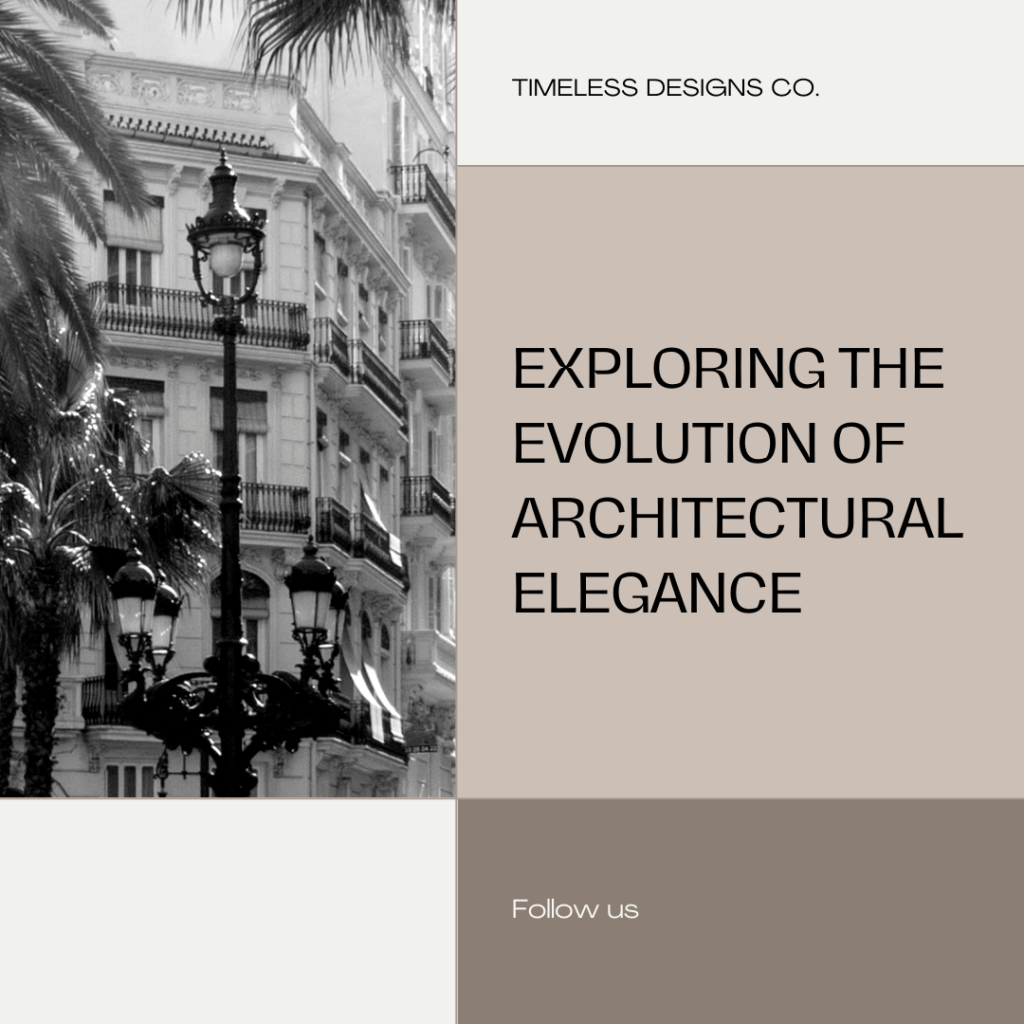Architecture and design have long been mediums through which elegance is expressed and celebrated. From ancient structures to contemporary skyscrapers, the evolution of architectural styles reflects changing tastes, technological advancements, and cultural influences. This article explores how elegance has been interpreted and embodied in architecture and design throughout history.
In ancient civilizations such as Egypt and Mesopotamia, architectural elegance was epitomized by monumental structures like pyramids, temples, and palaces. These buildings were characterized by massive stone construction, intricate carvings, and symmetrical designs that conveyed power, grandeur, and divine significance.
During the Classical period in Greece and Rome, architecture embraced principles of proportion, harmony, and balance. Doric, Ionic, and Corinthian columns adorned temples and civic buildings, while triumphal arches and amphitheaters showcased the ingenuity of Roman engineering. Elegance during this period was synonymous with architectural perfection and civic pride.
The Renaissance period in Europe witnessed a revival of classical ideals, with architects such as Brunelleschi and Michelangelo reinterpreting ancient forms and principles. Renaissance palaces and cathedrals featured domes, arches, and frescoes that celebrated human creativity, intellect, and spiritual devotion. Elegance in Renaissance architecture was characterized by mathematical precision, decorative richness, and a harmonious integration of art and structure.
In the Baroque and Rococo periods, architecture embraced drama, movement, and theatricality. Palaces and churches were adorned with ornate facades, elaborate stucco work, and exuberant interiors that conveyed a sense of opulence and extravagance. Elegance during this era was about creating immersive spaces that inspired awe and conveyed the wealth and status of patrons.
The 19th century witnessed the rise of Neoclassical and Gothic Revival styles, as well as the emergence of new materials and construction techniques. Neoclassical buildings featured columns, pediments, and symmetrical facades that evoked ancient Greece and Rome, while Gothic Revival architecture revived medieval forms with pointed arches, ribbed vaults, and soaring spires. Elegance during this period was about romanticism, nationalism, and a nostalgic longing for the past.
The 20th century brought about diverse architectural movements such as Art Deco, Modernism, and Postmodernism, each offering unique interpretations of elegance and innovation. Art Deco embraced geometric shapes, bold colors, and luxurious materials in skyscrapers and cinemas, while Modernism prioritized functionalism, simplicity, and social progress in residential and institutional buildings. Postmodernism challenged modernist ideals with playful references, eclectic forms, and a renewed interest in historical ornamentation.
Today, contemporary architecture embraces sustainability, technology, and cultural diversity. Elegance is expressed through sustainable design practices, innovative materials like glass and steel, and buildings that respond to environmental and social challenges. Architects strive to create spaces that are not only aesthetically pleasing but also functional, resilient, and inclusive.
In conclusion, the evolution of architecture and design reflects broader cultural trends and societal values, shaping our understanding of elegance across different epochs. By appreciating the historical journey of architectural styles, we gain insights into how design continues to evolve and redefine elegance in the dynamic landscape of the built environment.


